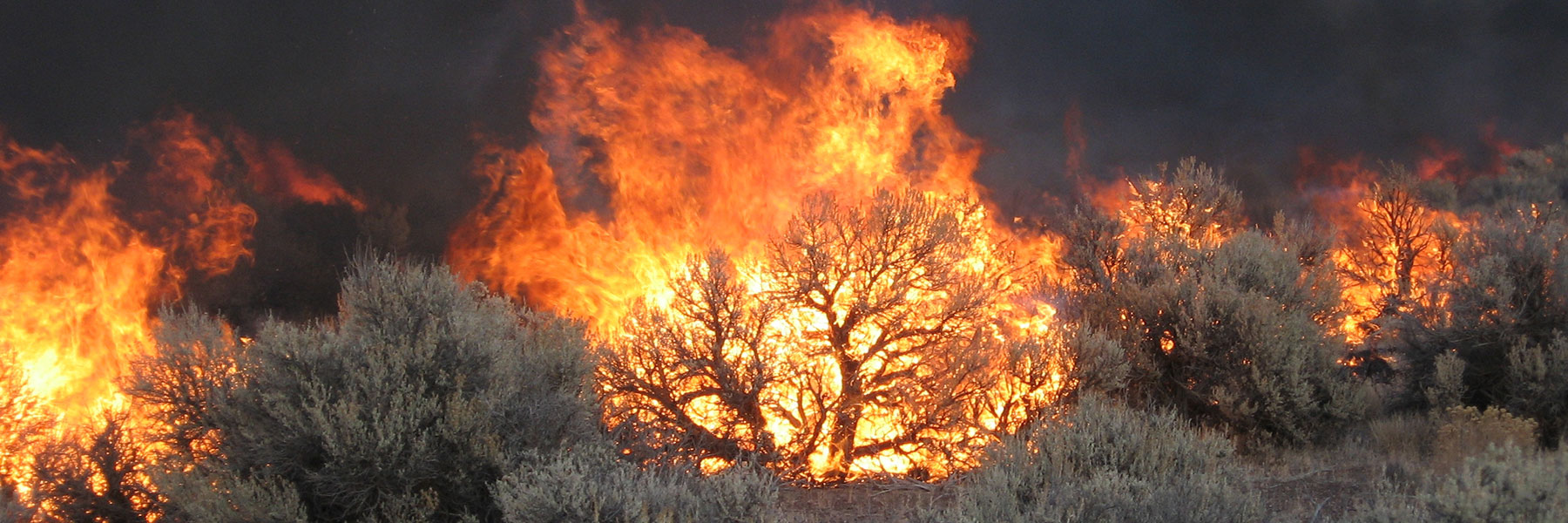Why work on it?
Accurate, local information is critical for making decisions. Dynamical downscaling is a way to provide that information, but actually producing the dataset and verifying its accuracy is difficult. One needs to conduct a series of bias correction and extrapolation steps that are often unique to the location and require local expertise. Research to determine the best way to conduct downscaling for the particular region of interest is necessary to ensure a high-quality product.



